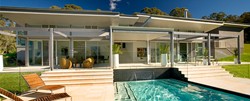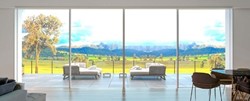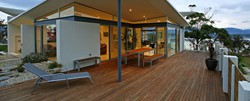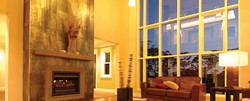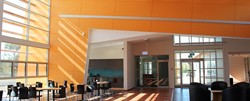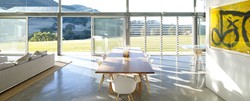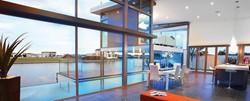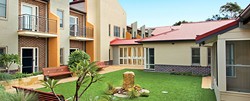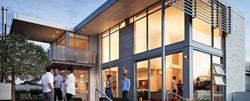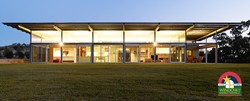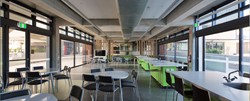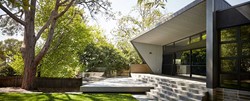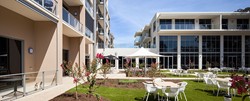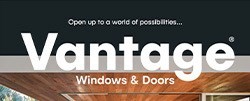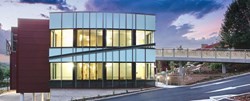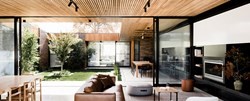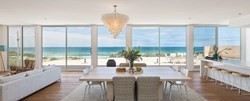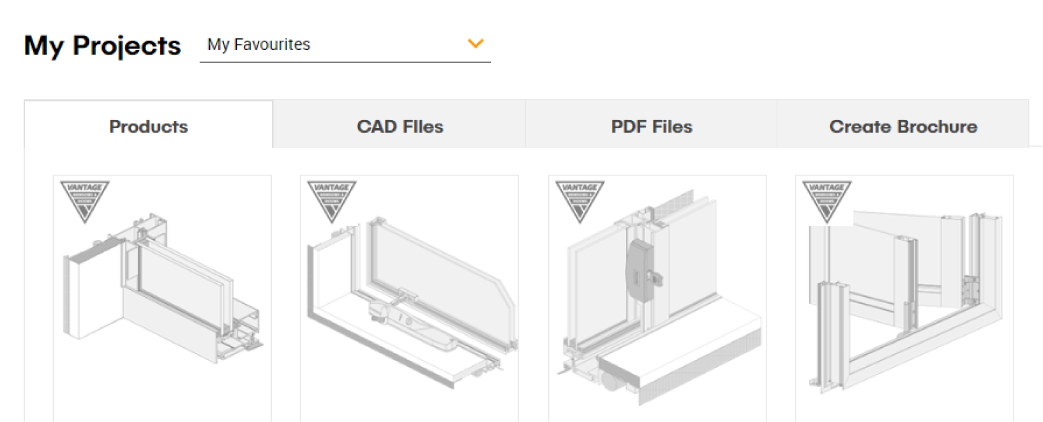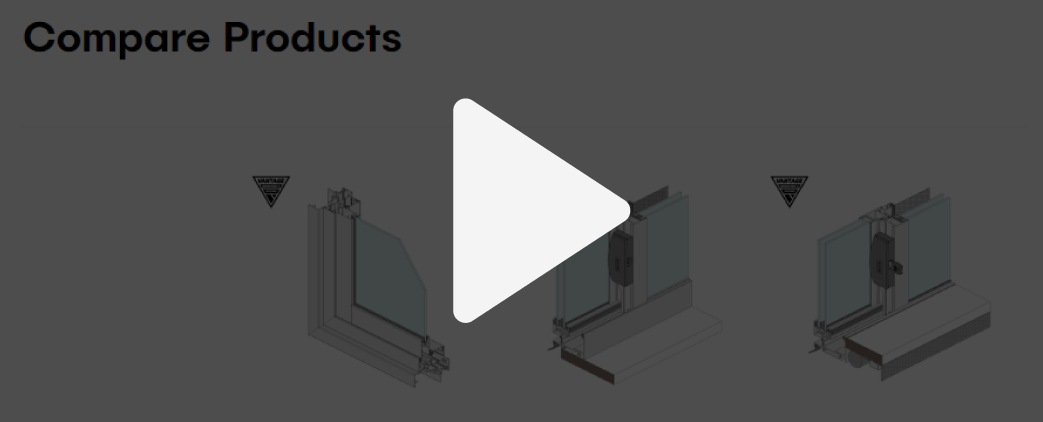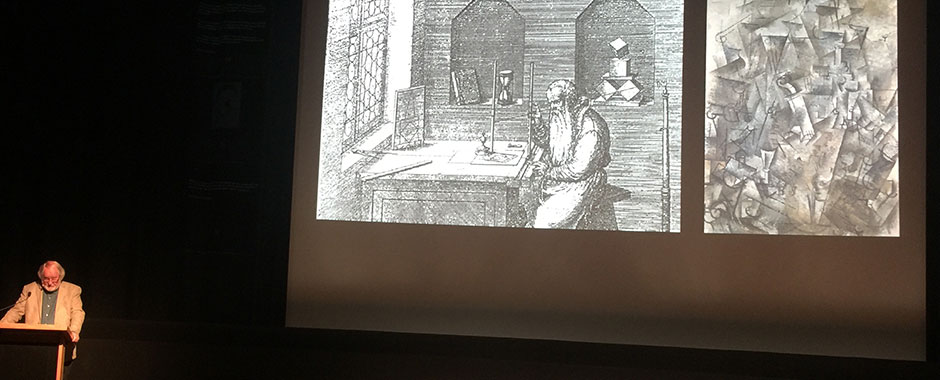Renowned Finnish architect Prof. Juhani Pallasmaa, is making his way around Australia this month, delivering a set of six lectures composed in his capacity as the 2016 Australian Institute of Architects Foundation Droga Architect in Residence. At his Brisbane lecture, Mr. Pallasmaa was introduced by esteemed local architect Prof. Britt Andresen, jury chair for the Droga Architect in Residence Program. The evening, entitled, “IN PRAISE OF VAGUENESS – diffuse perception and uncertain thought”, certainly inspired and challenged the audience in the unique and precise manner we have come to expect from Mr. Pallasmaa’s vast body of work.
As Britt Andresen suggested in her opening remarks, Juhani Pallasmaa has gained the respect of an international audience through his years of practice, earning him the regard of many architects the world over, an undisputed “elder” of the profession. Mr. Pallasmaa spoke with the clarity of thought and considered, steadiness of speech that can only be described as wisdom - that which has manifestly accumulated through decades of curiously and consistently pursuing one’s life’s work with vigor and commitment. The preface for this series of talks, “Touching the world through architecture,” alludes to the generosity of spirit underlying Mr. Pallasmaa’s career-long exploration of architectural process and spatial experience. The talk challenged the contemporary ideology which prioritises the cognitive realm of consciousness and visual experience, arguing instead that truly creative insight relies much more substantially upon layered, vague and peripheral awareness. Referencing art theory and neuroscience alike, Pallasmaa drew our attention to the “overwhelming potential” of the subconscious, framing a compelling argument for harnessing this power in the design process in order to generate experientially richer spatial outcomes for occupants.
Referring to the authors who have influenced him since his student years and reflecting upon his own years as an educator, Mr. Pallasmaa urged us as architects to reference our full depth of sensory perception and the memories formed throughout our lifetimes as the more meaningful inputs to our design process, over and above our focused, conscious thoughts, when working through a design problem.
Through his emphasis of the lived human condition, in all its complexity and imperfection, Pallasmaa pointed to the richness of sensory experience that underlies life’s most memorable and moving moments and spaces, asserting that an over-emphasis of visual perception promotes an impersonal architecture, lacking in substance. Drawing connections to the work of impressionist, cubist and abstract expressionist painters, whose profound works evoke “a fully embodied experience”, Pallasmaa reminds us as architects that truly moving spatial experiences engage the occupant in a variety of ways, the majority of which are layered snippets of sensory experience, overlaid and juxtaposed to build the rich tapestry that is our shared experience.
“The lived human condition is always an impure or dirty mixture of a score of irreconcilable ingredients. The lived world is beyond formal description because it is a multiplicity of perceptions and dreams, observations and desires, unconscious processes and conscious intentionalities… As the design process itself in today’s computerised practice, is distanced from this impurity, or the “flesh of the world” … the very existential life force of architecture tends to be weakened or entirely lost.”JP.
The six lectures, which will conclude at the National Conference in Adelaide in the coming weeks, are sure to have left an indelible mark on the subconscious of the Australian architectural community and I am truly grateful for the opportunity to have participated in such an enriching and inspiring conversation as this.
Written by: Jessica Hardwick of Happy Haus and Jessica Hardwick Architecture (Queensland Event Correspondent for AWS)
Jessica is a Brisbane based Architect who is the lead in house Architect for Happy Haus and also runs her own small studio from home. Having previously been an associate at small practice in Brisbane where she worked primarily on larger scale leisure, commercial and multi-res projects, she is now enjoying leading projects of her own, primarily houses and small commercial projects including offices and childcare centres.
